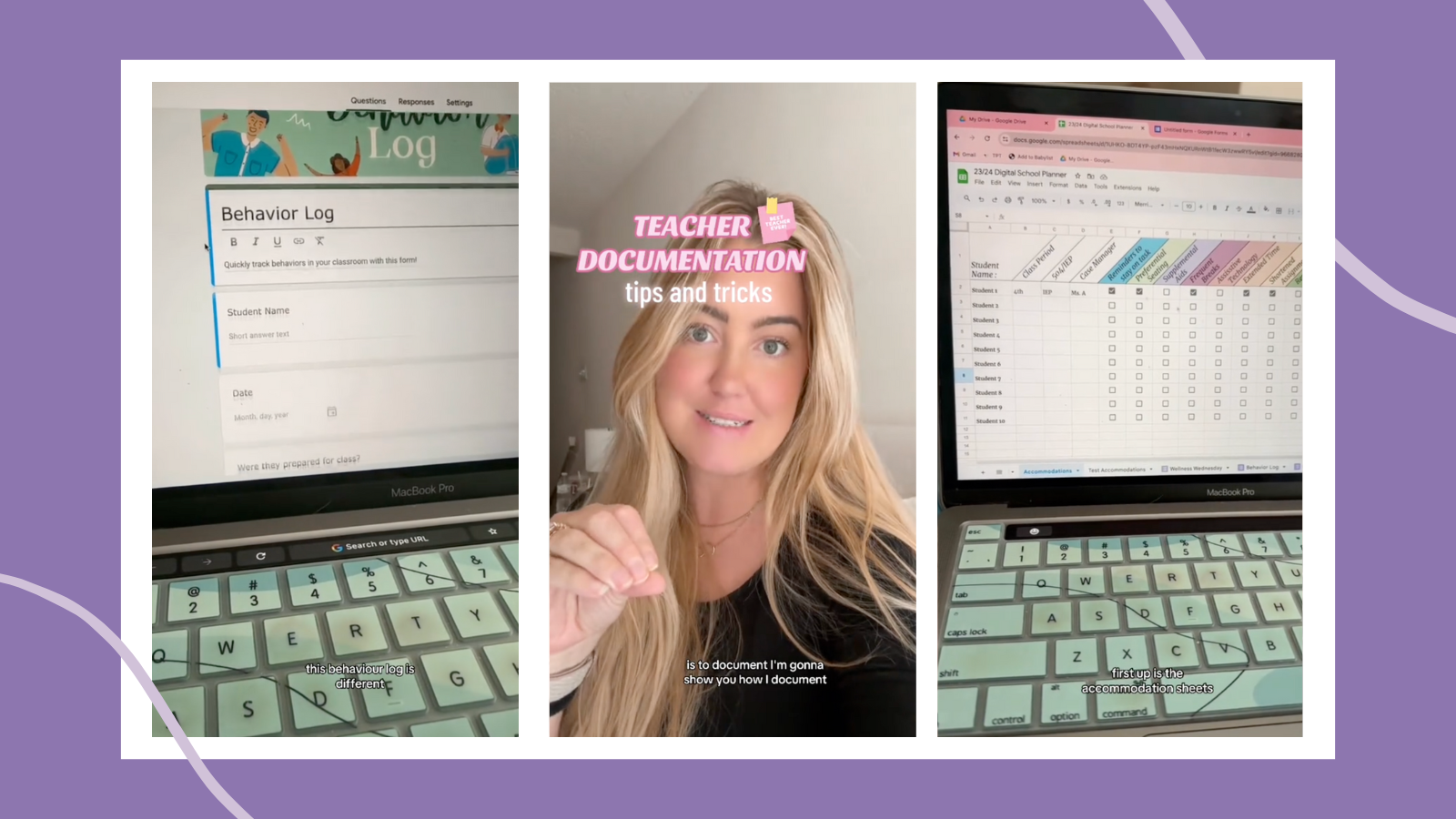Key points:
Focusing on meaningful engagement can drive improved student attendance
3 strategies to improve attendance for students with disabilities
What 1,000 families want you to know about school-home communication
For more news on attendance, visit eSN’s Educational Leadership hub
In my role as Assistant Director of Student Services, I’ve learned that the most crucial factor in improving student attendance isn’t about policies or procedures–it’s about connections. Our district serves a diverse community of hardworking families, including many newcomer families. We’ve faced our share of challenges, especially in the wake of the COVID-19 pandemic, but we’re making strides by focusing on what matters most: our students and their families.
In Alvord Unified, we’ve learned that operationalizing our strategic goals around attendance isn’t just about setting targets–it’s about creating systems that foster meaningful engagement. By focusing on building strong school-home connections, we’re not only improving attendance rates, but also driving improved student outcomes across the board. Our approach demonstrates that when we align our daily operations with our broader strategic vision, we can create a school environment where every student is empowered to succeed.
Before the pandemic, our district maintained a respectable 95 percent attendance rate, with chronic absenteeism hovering between 12 percent and 14 percent–on par with surrounding districts and national averages. However, when COVID-19 hit, we saw our chronic absenteeism spike to 25 to 30 percent, mirroring the struggles faced by districts nationwide.
The pandemic created an opportunity for a new approach to attendance management
As we emerged from the pandemic, it became clear that we needed a new strategy. For years, our Local Control and Accountability Plan (LCAP) had included provisions for an attendance management program, but implementation had always been pushed to the back burner. The post-COVID landscape, with its unique challenges and shifting priorities, provided the perfect opportunity to revisit this need.
During the height of the pandemic, our school sites were overwhelmed. They were juggling COVID case tracking, managing periods of exposure, and trying to maintain some semblance of normal operations. It was during a conversation about reducing the burden of attendance letter mailings that I saw our chance. If we could automate these processes, we could free up our staff to focus on what really matters: connecting with students and families.
After researching options and consulting with colleagues at state conferences, we decided to implement SchoolStatus as our attendance management system. This move wasn’t just about tracking numbers; it was about transforming how we approach attendance altogether.
SchoolStatus has become an integral part of our attendance strategy. It handles much more than just systematic notifications. The system automates our attendance tracking, generating real-time reports that allow us to identify trends and at-risk students quickly. It manages our compliance requirements, ensuring we send out legally mandated notifications, like the crucial first notice that outlines parents’ responsibilities under California’s Education Code. This system allows us to operationalize our strategic goals around attendance, turning our vision into concrete, daily actions.
But perhaps most importantly, we can now prioritize our outreach efforts. By providing clear, actionable data, staff can focus their energy on the students and families who need the most support. This targeted approach means we’re not just sending out blanket communications, but initiating meaningful, personalized interventions.
Personal connections are the cornerstone of our attendance strategy
Now our teams have time to make personal calls to families. These aren’t just check-ins; they’re opportunities to understand the barriers families face and offer real solutions. Whether it’s providing information about affordable public transportation, offering bus passes, or even helping with gas cards, we’re committed to breaking down any obstacle that stands between a student and their education.
I always tell our team: “It doesn’t matter how many programs we offer if your child isn’t coming to school. I can have social workers, community workers, and/or counselors–and serve steak and lobster every day–but it doesn’t matter if your kid doesn’t come in the door. We can’t support you as a student or as a family if you’re not here.”
The efficiency gained through having a comprehensive attendance management solution has allowed us to shift our focus from managing paperwork to managing relationships. Our staff can now spend their time having those crucial conversations with families, understanding their unique situations, and working together to find solutions that work for everyone.
To further strengthen our community ties, we’ve instituted “Community Connection Days.” On these days, our entire Educational Services team–about 20 people–steps out of the office and into the community. We knock on doors, not as disciplinarians, but as concerned educators looking to help. It’s about showing families that the entire district, from the classroom to the administrative office, cares about their child’s success. These initiatives exemplify our commitment to engagement that drives improved student outcomes, showing how personal connections can translate into tangible results.
Our efforts are paying off with improved attendance rates
Our efforts are paying off. In the 2021-2022 school year, our P2 report (which determines funding based on average daily attendance) came in at 91.5 percent. The following year, we hit 93.15 percent–an improvement of over 1.5 percentage points. When you’re talking about a district with about 16,000 students, that increase means we’re getting more kids to school and more kids engaged every single day.
As we continue to operationalize our strategic goals, we’re setting ambitious targets and implementing comprehensive measures to achieve them. This year, we’re aiming even higher with a goal of 95 percent attendance. We’re not just dreaming big; we’re putting in the work to make it happen:
We’ve secured a $9.5 million Community Schools Grant, allowing us to hire six community coordinators to build even stronger family connections.
We’re implementing a district-wide Multi-Tiered System of Supports (MTSS) to ensure we’re meeting the needs of all students.
We’ve brought on nine social work interns and two full-time social workers to provide additional support.
We’re investing in Positive Behavioral Interventions and Supports (PBIS) at both elementary and secondary levels.
We’re expanding our Saturday School programs, which not only provide additional learning opportunities but also help recover attendance days.
Creating a sense of belonging is at the heart of our attendance efforts
At the end of the day, what matters most is that every student feels they belong in our school community. It’s not just about getting kids in seats; it’s about creating an environment where they want to be. As educators, our job is to genuinely care about each student’s success and to make sure that care is felt by both the students and their families.
If there’s one piece of advice I can offer to other districts looking to improve attendance, it’s this: Get to know your community. Understand their stories, their struggles, and their strengths. Be efficient in your processes, but never at the expense of compassion. Because when a parent or student can tell that you genuinely care about their success, that’s when real change begins to happen.
In Alvord Unified, we’re not just tracking attendance–we’re operationalizing our strategic goals to create a community where every student knows they matter, every day. By focusing on meaningful engagement that drives improved student outcomes, we’re transforming how we approach education. Our journey shows that when we align our daily practices with our broader vision, we can create a school environment where attendance isn’t just a number, but a reflection of a thriving, connected community.
As we continue to refine our approach, we’re not only meeting our attendance targets but also setting the stage for long-term student success.
In my role as Assistant Director of Student Services, I’ve learned that the most crucial factor in improving student attendance isn’t about policies or procedures–it’s about connections. District Management, Educational Leadership, challenges, district, educational leadership, goals, IT, K-12, leadership, school, student, students eSchool News









